Gray Wolf
- December 29, 2023
- 0 comment
The gray wolf, scientifically known as Canis lupus, is an iconic and highly adaptable carnivorous mammal that has long captured the human imagination. Identification of these majestic creatures is primarily characterized by their robust build, erect ears, and distinctive bushy tail. Adult gray wolves typically weigh between 40 to 175 pounds, with males being larger than females. Their fur coloration varies widely, ranging from shades of gray and brown to white, depending on the geographical location and the specific subspecies. The fur is often interspersed with darker markings, contributing to their striking appearance.
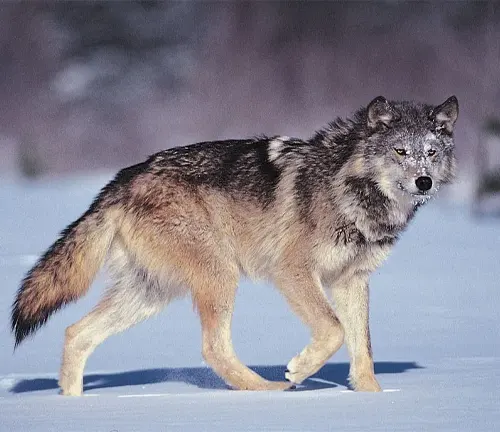
In terms of physical description, gray wolves exhibit a well-adapted anatomy for their predatory lifestyle. Powerful jaws equipped with sharp teeth enable them to efficiently hunt and consume a diverse range of prey. Their keen senses, particularly acute hearing and a keen sense of smell, aid in tracking and capturing prey across different terrains. The species has a remarkable ability to cover vast distances, facilitated by strong limbs and endurance.
The species range of the gray wolf is extensive and historically spanned across North America, Eurasia, and parts of the Middle East. However, human encroachment and habitat loss have led to the decline of wolf populations in various regions. Despite this, some populations persist in a variety of ecosystems, including forests, tundras, and deserts. The gray wolf’s adaptability is evident in its ability to thrive in diverse environments, ranging from the Arctic to temperate forests. As a keystone species, the gray wolf plays a crucial role in maintaining ecological balance by regulating prey populations, influencing vegetation growth, and impacting the behavior of other species within their ecosystems. Understanding and preserving the complex dynamics of the gray wolf’s existence is paramount for maintaining biodiversity and the health of the ecosystems they inhabit.
| Attribute | Details |
|---|---|
| Scientific Name | Canis lupus |
| Average Weight | 40 to 175 pounds (18 to 79 kilograms) |
| Size | Height at shoulder: 26 to 32 inches (66 to 81 cm) |
| Fur Color | Varies, including shades of gray, brown, and white |
| Markings | Darker markings often present in fur |
| Lifespan | 6 to 8 years in the wild; up to 14 years in captivity |
| Habitat | Diverse, including forests, tundras, and deserts |
| Range | Historically widespread in North America, Eurasia, and parts of the Middle East |
| Diet | Carnivorous, preying on a variety of ungulates, small mammals, and birds |
| Communication | Howls, barks, growls, and body language |
| Social Structure | Pack-oriented with a complex social hierarchy |
| Reproduction | Mating pairs produce a litter of 4 to 7 pups |
| Conservation Status | Varies by region; some populations are endangered |
| Ecological Importance | Keystone species, regulating prey populations and influencing ecosystems |
A Closer Look at Its Life and Behavior
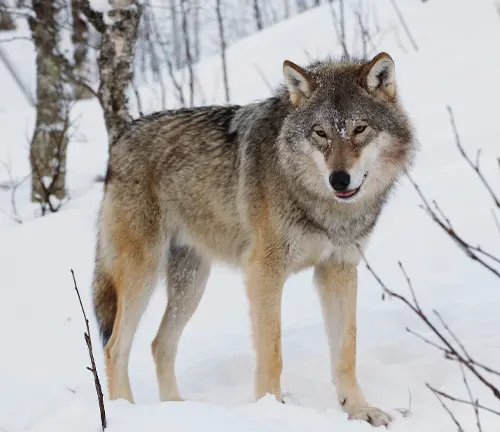
General Biology
The gray wolf, scientifically known as Canis lupus, stands as an emblem of strength and adaptability in the wild. With a robust build, erect ears, and a distinctive bushy tail, these carnivores vary widely in size and fur coloration, showcasing their incredible adaptability to diverse environments. Their powerful jaws and acute senses make them formidable predators, playing a vital role in maintaining ecological balance.
Reproduction
The reproductive habits of gray wolves are fascinating and contribute to the intricate dynamics of their packs. Mating pairs form strong bonds, and after a gestation period of around two months, they give birth to a litter of 4 to 7 pups. The pack collaboratively cares for and protects the pups, ensuring the survival and growth of the next generation.

Behavior
Gray wolves are highly social animals, organized in hierarchical packs led by an alpha pair. Their complex social structure involves communication through howls, barks, and body language. This cohesive unit allows them to effectively hunt, raise offspring, and defend their territory. The intelligence and cooperation within the pack highlight the intricate behavioral patterns of these remarkable creatures.
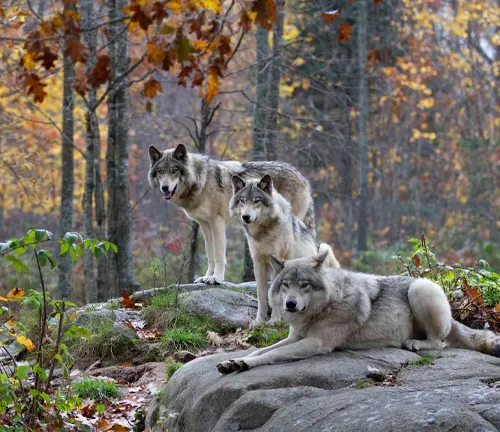
Habitat
Adaptable to a range of ecosystems, gray wolves inhabit diverse habitats, including forests, tundras, and deserts. Their historic range encompassed North America, Eurasia, and parts of the Middle East, but human encroachment has impacted their distribution. Understanding their habitat preferences is crucial for conservation efforts aimed at preserving these apex predators.
Food Habits
As carnivores, gray wolves play a crucial role in shaping ecosystems by regulating prey populations. Their diet includes a variety of ungulates, small mammals, and birds. The pack’s collaborative hunting strategy, with coordinated efforts during chases, highlights the efficiency of their predatory instincts.
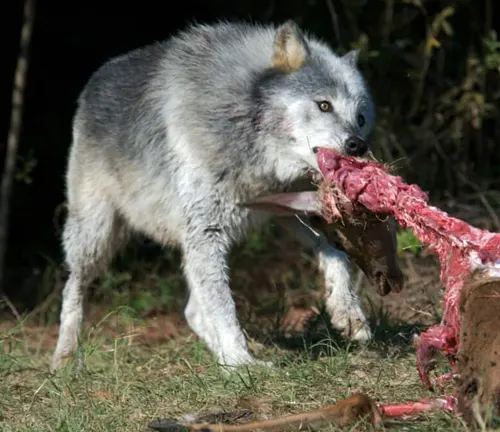
Voice, Sounds, Tracks And Signs
Communication is key in the world of gray wolves. Their howls, barks, and growls serve as vocalizations that can be heard over long distances, playing a role in territory marking and social bonding. Additionally, their tracks and signs, such as scent marking and scratch marks, contribute to the intricate language they use to navigate their surroundings and interact with other members of the pack.

Distribution
While historically widespread, the distribution of gray wolves has been influenced by human activities. Some populations face endangerment due to habitat loss and persecution. Conservation efforts aim to protect and restore wolf populations, recognizing their ecological importance as keystone species. Understanding the distribution patterns and the factors affecting them is crucial for implementing effective conservation strategies.
Different Species
Arctic Wolf
(Canis lupus arctos)
The Arctic wolf is adapted to the harsh conditions of the Arctic Circle, with a thick white fur coat that provides camouflage in the snowy landscape. Their smaller size and specialized adaptations help them survive in extreme cold.
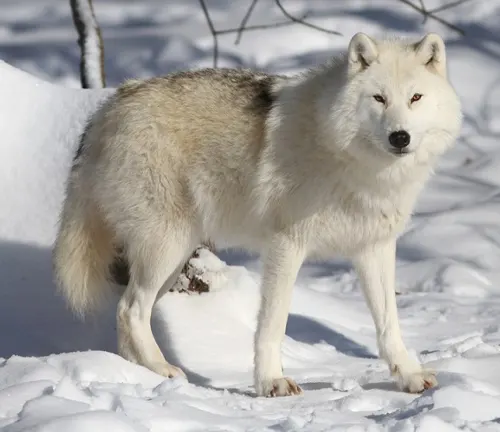

Timber Wolf
(Canis lupus lycaon)
The timber wolf, also known as the eastern wolf, inhabits the forests of North America. Timberwolves are known for their large size and varying coat colors, which can include shades of gray, brown, and black.
Mexican Wolf
(Canis lupus baileyi)
The Mexican wolf is a smaller subspecies native to the southwestern United States and Mexico. It has a distinct appearance with a light coat color and is one of the most endangered wolf subspecies.


European Wolf
(Canis lupus lupus)
The European wolf is found in various European countries and exhibits diverse coat colors, including gray, brown, and black. They play a significant role in European folklore and have faced challenges due to habitat loss and persecution.
Mackenzie Valley Wolf
(Canis lupus occidentalis)
Inhabiting the western part of North America, the Mackenzie Valley wolf is one of the largest wolf subspecies. They have a thick coat to withstand colder climates and are known for their wide distribution in Canada and Alaska.
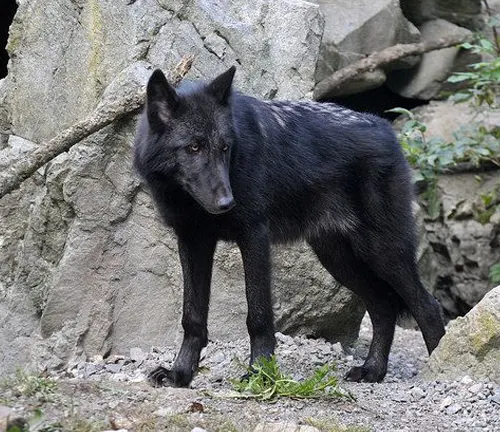
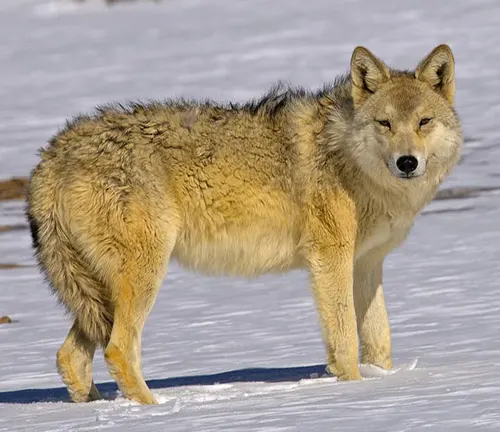
Himalayan Wolf
(Canis lupus chanco)
The Himalayan wolf is adapted to the high-altitude regions of the Himalayas. They have a thick coat to protect against the cold and are adapted to hunting in mountainous terrains.
Iberian Wolf
(Canis lupus signatus)
Native to the Iberian Peninsula in southwestern Europe, the Iberian wolf is known for its reddish or tawny coat. It inhabits forests and mountainous regions and has faced conservation challenges due to habitat fragmentation.
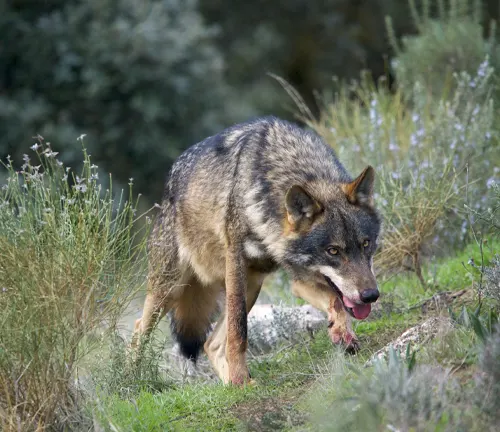
Frequently Asked Questions (FAQs)
- Where do gray wolves live?
Gray wolves have historically inhabited a wide range of ecosystems, including forests, tundras, and deserts. Their distribution spans North America, Eurasia, and parts of the Middle East. - What is the average size of a gray wolf?
Gray wolves vary in size, with males generally larger than females. Adult wolves typically weigh between 40 to 175 pounds, and their height at the shoulder can range from 26 to 32 inches. - What do gray wolves eat?
Gray wolves are carnivores with a diverse diet. They prey on ungulates such as deer and elk, small mammals, and birds. Their collaborative hunting strategy allows them to take down larger prey. - How do gray wolves communicate?
Gray wolves communicate through a variety of vocalizations, including howls, barks, and growls. They also use body language, such as facial expressions and tail positioning, to convey messages within the pack. - Are gray wolves endangered?
The conservation status of gray wolves varies by region. While some populations have faced endangerment due to habitat loss and human persecution, conservation efforts have helped stabilize and reintroduce populations in certain areas. - How do gray wolves reproduce?
Gray wolves form monogamous mating pairs, and after a gestation period of around two months, the female gives birth to a litter of 4 to 7 pups. The pack collaboratively cares for and protects the pups. - Do gray wolves live in packs?
Yes, gray wolves are highly social animals that live in packs with a complex hierarchical structure. The pack provides support for hunting, raising offspring, and defending territory. - What is the role of gray wolves in ecosystems?
Gray wolves play a crucial role as keystone species, regulating prey populations and influencing the behavior of other species within their ecosystems. Their presence contributes to ecological balance. - Can gray wolves adapt to different environments?
Yes, gray wolves are highly adaptable and can thrive in a range of environments, from the Arctic to temperate forests. Their ability to adapt has contributed to their historical success as a species. - Are gray wolves dangerous to humans?
Gray wolves generally avoid interactions with humans. There have been rare instances of wolf attacks on humans, but such incidents are extremely uncommon. In the wild, wolves are more likely to perceive humans as a threat and keep their distance.


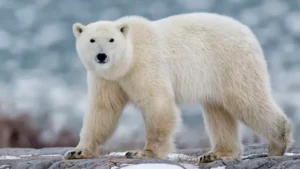
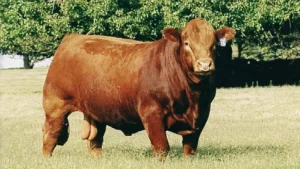

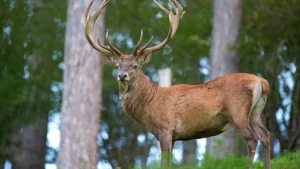


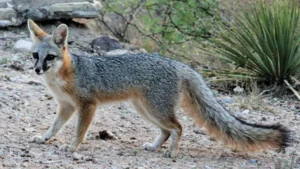


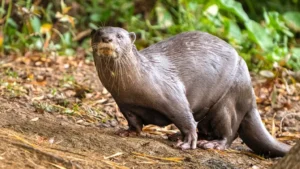

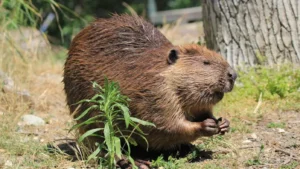
Leave your comment